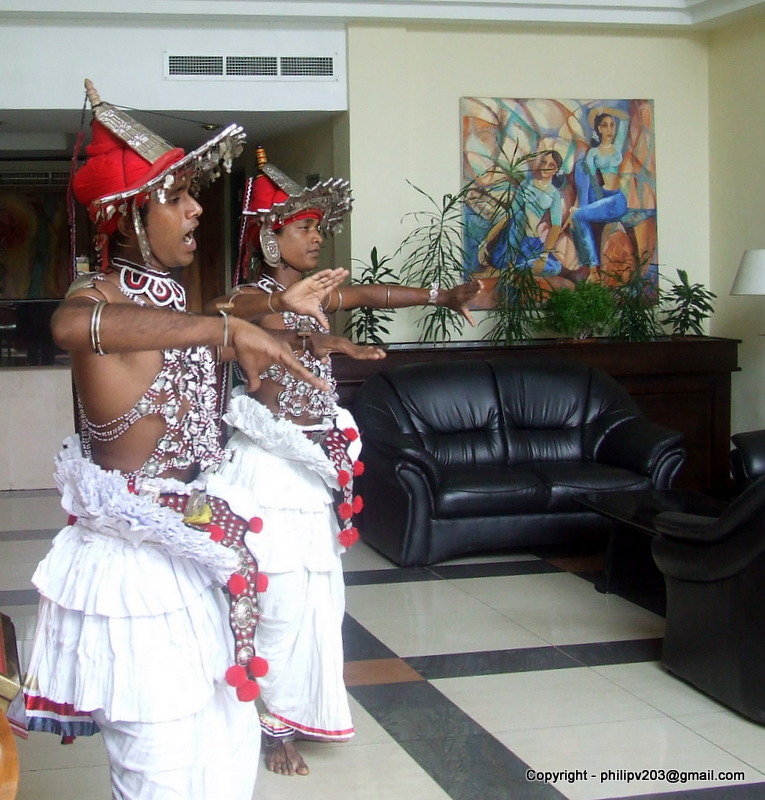

Abandoned puppies, mostly female, was the bane of Sri Lankan roads. The threat of Rabies made the Health Authorities to collect them and finish them off by various means. One humorous part to this story is that when the exterminators came the pups disappeared, having been given protection by householders. The high class breeds like the 'German Sheperd Dog' (GSD or Alsation), 'Doberman', 'Dachshund', 'Japanese Spitz' etc, you name it they had it but for a price. A pedigreed, Ceylon Kennel registered Labrador went as high as Rs40,000/- for a six month old pup. Into this stepped a few organizations which collected abandoned pups, fed them and looked after them. They gave the necessary anti-rabies vaccine, Parvo and DHL injection. If they were females they were sterilized by a veterinary surgeon free of charge. An advertisement in the papers offering them free, brought hoards of people vying with each other to take away these pets home. I saw an advert and went 30Km away to pick it up for my home. The mother was a 'Rhodesian Ridgeback' and the father unknown. You can see the 'ridge' clearly on its back. He is doing quite well in our home.
In the 1970s we had quite a few 'UN Volunteer Doctors' from various countries working in Sri Lanka, employed by the Health Department. There were some doctors from the Philipines working at Polonnaruwa. The story goes that a few months after these doctors arrived, they would be seen carrying large black bags when going for a stroll in the countryside. They would pick up any abandoned puppies and put them in the bag. Apparently the tender flesh of the puppies gave a tasty dinner to them..


















